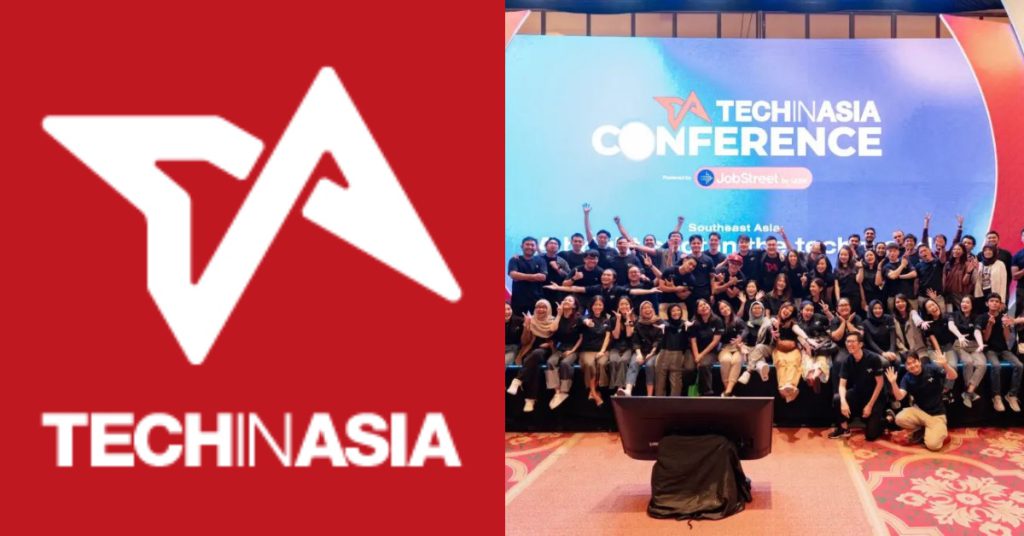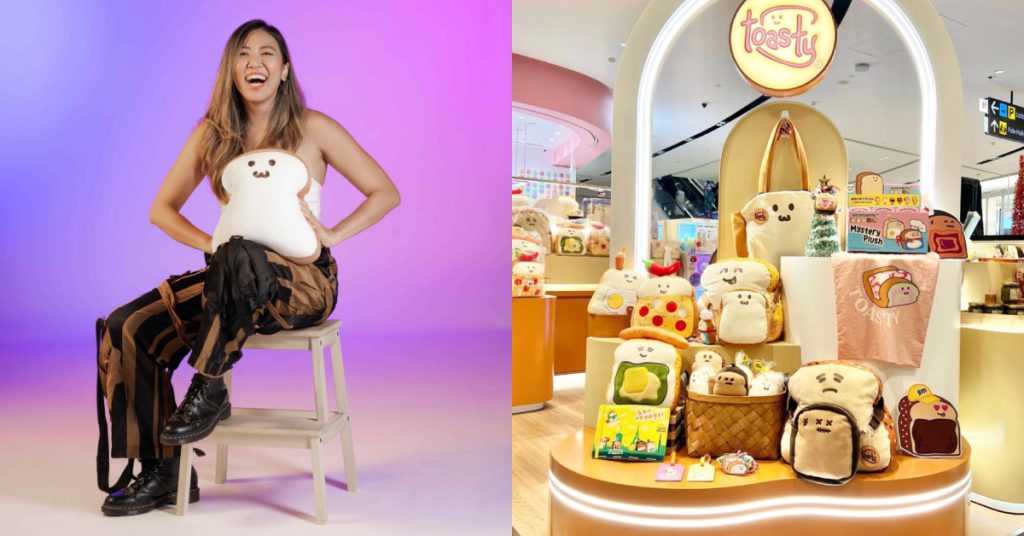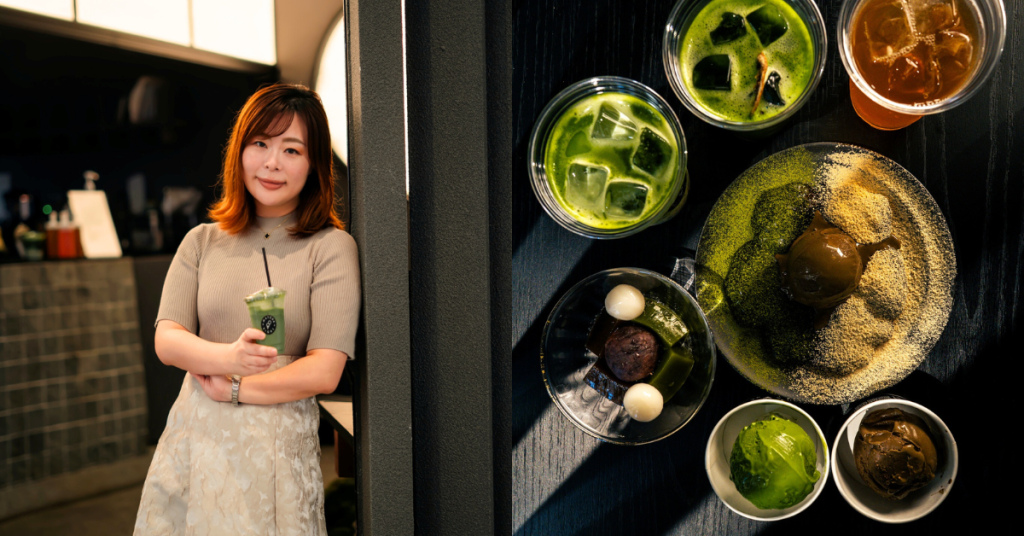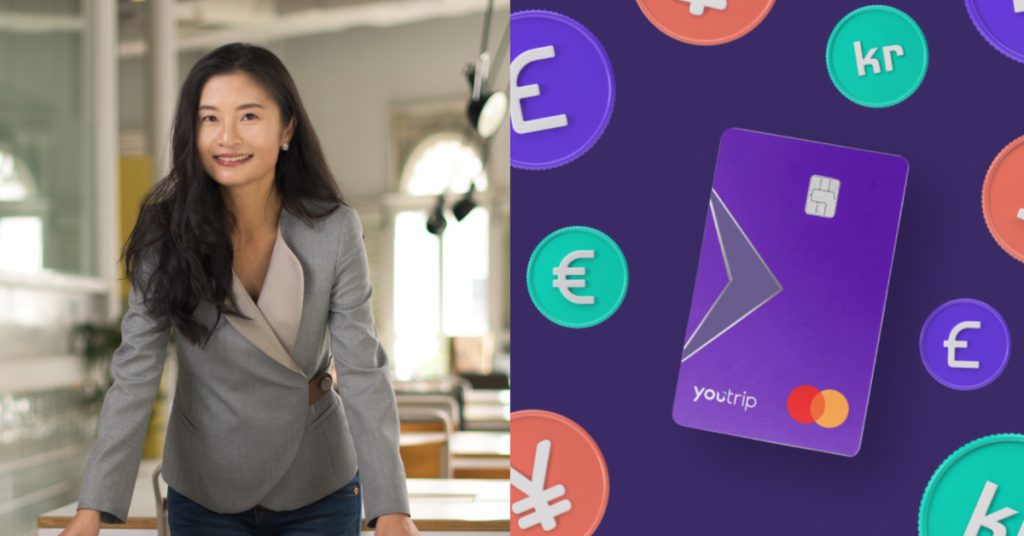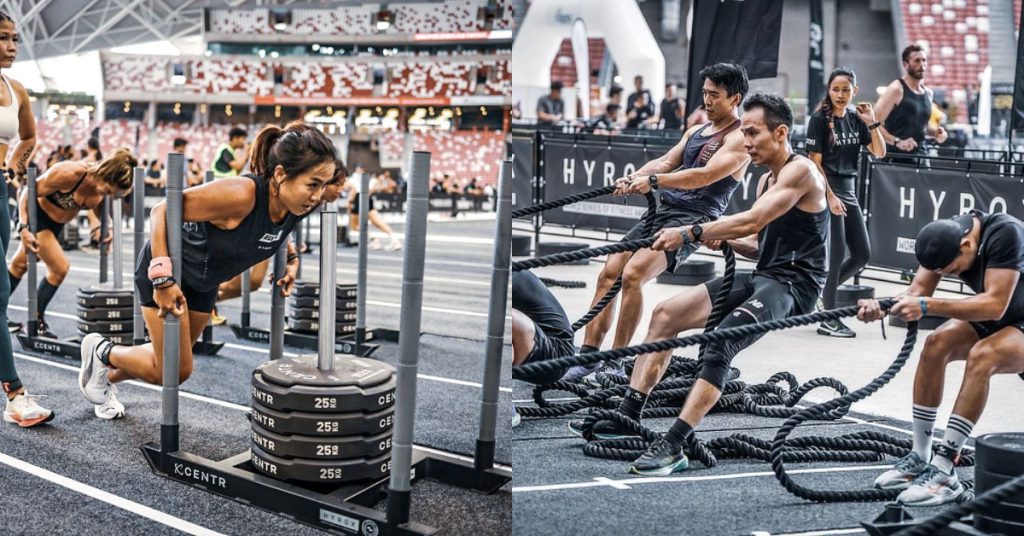With dine-ins disallowed during lockdowns, many restaurants have had to pivot online and offer their products through deliveries and takeaways. But there is a category of F&B brands that have solely made their bread and butter through deliveries from the beginning—the ones operating from a cloud kitchen, with no brick-and-mortar store for dine-ins.
Like most other concepts and models, cloud kitchens have their own pros and cons. Thus, we interviewed 4 virtual F&B brands to find out what it’s like running a business from a cloud kitchen amidst lockdowns, seeing that dine-ins were never an option.
For simplicity’s sake, we’ll be referring to these delivery-only F&B brands as “virtual brands” in this article.
Leveraging on the homebound crowds
Acceptance towards food deliveries has spiked since the first MCO. This was reflected in the sales received by brands operating from cloud kitchens too.
BokBok Korean Fried Chicken’s (BokBok) co-founder, Tony Teh told Vulcan Post, “Generally speaking, our business tends to do better during lockdowns but it was more evident during the first MCO.”

Since launching exclusively on Grabfood in December 2019, the brand saw its orders per day almost double during MCO 1.0. From getting approximately 30 orders a day pre-pandemic, they saw 70-80 orders—100 if they were lucky—per day during the lockdown.
BokBok’s customer demographics also shifted. Before the MCOs, their consumers comprised white-collar workers and college students who worked or stayed around the Damansara Uptown area. Most of their orders were for 1 pax. Now, their average order value has increased to being for 2 pax or more, thanks to families working from home.
It’s a shift The Naked Lunchbox (TNL) saw too. This virtual brand was acquired in 2018 by Brian Chin, who’s also the Managing Director of Dave’s Deli. TNL saw an increase in orders from corporate clients mass purchasing the brand’s dishes to treat their employees who’d gather for meals over virtual meetings.
Due to WFH, the team had to deliver large-quantity orders in single boxes to many individual homes, as opposed to delivering one big order to many people in a single office building.
Kenneth Lai, a co-founder of Cauli & Rice, believes that the spike in sales over the lockdowns are highly driven by promotions offered by food delivery platforms. “We can double our sales in a period where we have promotions, and quiet down again when there isn’t,” Kenneth shared.

SpargoEats’ co-founder, Nicholas Ou, noted that keeping up with the direct communications with customers helped boost his brand’s retention rate of returning customers.
Additionally, Cauli & Rice and BokBok even hired more staff in the kitchen so existing employees won’t be stretched thin as orders spiked during the MCOs.
Navigating in a crowded space

Despite their successes, virtual brands are by no means doing better than restaurants in the market. They now had to share the online space, as it was the only way for brick and mortar F&Bs to survive too.
“Pre-pandemic, we were striving to make a mark for ourselves in the food delivery market. During MCO, our mark is quickly becoming a small dot,” shared Kenneth. He noted that some restaurants never even had the option for takeaways before the lockdown, but now have upped their packaging game which can be quite sophisticated.
As virtual brands have no physical presence that walk-in customers can simply “stumble upon,” the only way they can increase their visibility is online.
“With limited budget, we just joined every single promotional campaign that GrabFood had while advertising about our brand and food on social media with the budget we had, targeting the average radius of delivery from our location,” explained Tony.
Co-funded promotions tend to be an important factor in how all 4 brands choose which delivery platforms to use, apart from a platform’s commission rates.
There is also a heavy reliance on riders to fulfill last-mile deliveries for food, especially for virtual brands which are too lean to release their own fleet like Wizards did for its home delivery service. All 4 brands we spoke to pointed out a sudden dip in delivery riders sometime after the first MCO.
When we spoke to Kenneth 2 months ago, he addressed the shortage of delivery riders as the economy began opening up again. Rather than simply relying on their part-time gigs as a rider, more took on full-time jobs, which meant orders took longer to reach customers.
“Due to the rider shortage fiasco, our cash flow was getting tighter as time went on. Our revenue was insufficient to cover our overhead,” BokBok’s Tony added. He urged his landlords, even Grab, to let him delay fees or allow instalment payments, which has so far helped them stay afloat.
Cloud kitchens are here to stay
Cloud kitchens are not yet a well-known and established business model in Malaysia, according to Kenneth. He initially struggled with registering for Cauli & Rice’s license as there were no definitive boxes to check that could describe the kind of business he was operating.
But with the combination of dine-ins halted, stiffer competition, and more people adopting online deliveries, Kenneth does believe that the net effect a cloud kitchen offers is still a positive one. It can even contribute to the growth of a brand when people are more accustomed to ordering food online.

“We believe that delivery-first brands would be the way moving forward as they allow us to find product-market fit before deciding to move into a brick-and-mortar,” shared SpargoEats’ Nicholas. “With the lockdowns, it has helped us as we are on an even playing field with the restaurant industry and due to our model, we are able to provide more value to our customers.”
Once the economy recovers though, Cauli & Rice, SpargoEats, and BokBok have expressed their interest in opening up a physical restaurant allowing dine-ins too.
With Brian’s experience in running an established brand’s physical restaurant and a virtual brand, he concluded that both have their own pros and cons to be weighed out.
Operating a cloud kitchen is great as an additional income stream for the company, however, restaurants with dine-ins like Dave’s Deli still need to rely on dine-in customers to sustain their business due to the high overhead costs. Sales for dine-in are also more consistent, whereas sales for delivery can fluctuate tremendously based on weather, delivery rider supply, and the delivery radius set by platforms.
Brian Chin, owner of The Naked Lunchbox.
- You can read about more Malaysian startups here.
Featured Image Credit: Brian Chin, owner of The Naked Lunchbox; Nicholas Ou, co-founder of SpargoEats; Kenneth Lai, co-founder of Cauli & Rice; Tony Teh, co-founder of BokBok Korean Fried Chicken




